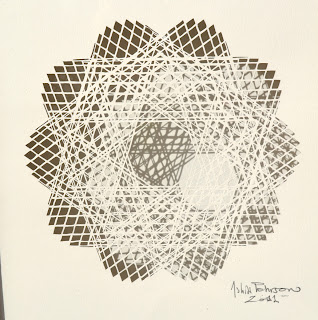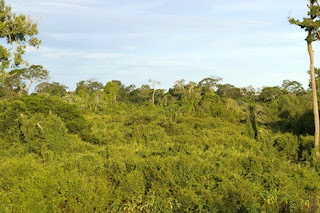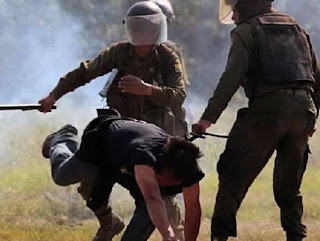Babylon the Bride (4'x8') 2005-2009
Babylon the Bride (First Detail) 2005
Babylon the Bride (Detail) 2005
Tahiti Perhson after installing Babylon the Bride in a backyard for a 2year olds birthday party.
Portrait of Marc Snegg
Blood Lines (36"x48") 2010
Sink (36"x48") 2008
Dishwasher Family (33"x46") 2009
Tourment (36"x36") 2009
Neptune's Daughter (36"x36") 2009
Delta Corvi 2011
Aspidiske 2011
Lota 2011
Forest Cathedral (9'x18') 2007
Ever Gold S.F. 2011
Art in Storefronts 2009-Present
From large scale installations to smaller gallery pieces, patterns based on geometry to elaborate life inspired portraits, all the works above are produced by Tahiti Perhson; an American artist out of North California.
Using white paper as his medium, he hand cuts his designs out, making it the equivalent of a paper stencil. He then layers these cutouts in such a way that they create an overall story or picture. The highlights and shadows created by these layers add depth and activity to the pieces, erasing the need for colour.
Perhson's geometrical patterns are inspired by the Guilloche engraving machine. This machine is able to "scratch fine patterns and designs on metallic surfaces” and is named after the French engineer Guillot who created it. The Guilloche was created to speed up and improve the process of hand carving detail into architecture, seem mainly in Greece and Rome. Perhson designs patterns based on this method and cuts them out by hand creating pieces that are perfect to the human eye.
I know I included a lot of images, but they were so great I wanted to show a bunch. View more pieces on his website
























































